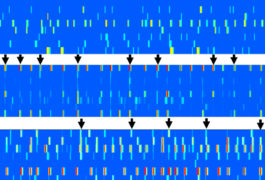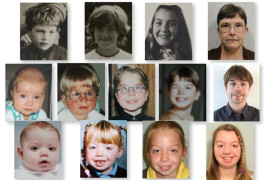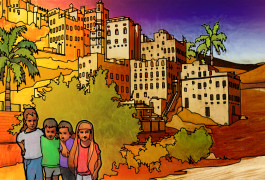Loss, doubling of Rett gene produce similar brain glitch
Mice with either too little or too much MeCP2, the gene mutated in Rett syndrome, show similar malfunctions in a learning and memory circuit.

Mice with either too little or too much MeCP2, the gene mutated in Rett syndrome, show similar malfunctions in a learning and memory circuit.

An inexpensive new set of tests allows researchers to rapidly analyze the genetic glitch underlying fragile X syndrome.

Watch the complete replay of Maureen Durkin’s webinar, in which she discussed the epidemiology of autism and intellectual disability, including changes in the prevalence of each condition.

Nearly half of children with autism who speak few or no words have cognitive skills that far exceed their verbal abilities.
Hillary Clinton releases an expansive mental health care agenda; researchers call for autism research in sub-Saharan Africa; and a scientist alleges gender bias at the National Institutes of Health.

The first large population-based analysis of the prevalence of regression in autism reveals that it occurs in 20 percent of children with autism.

Children who have both tuberous sclerosis and autism have features nearly identical to those of children with autism alone.

Techniques used in behavioral interventions could help scientists scan the brains of children who have both autism and intellectual disability.

Mutations in an autism-linked gene called AUTS2 do not cause the condition’s core social features, according to the most comprehensive clinical portrait to date.

Criss-crossing the globe on a quest for unusual DNA, researchers have discovered a rare mutation that promises insights into both epilepsy and autism — and points to a treatment.